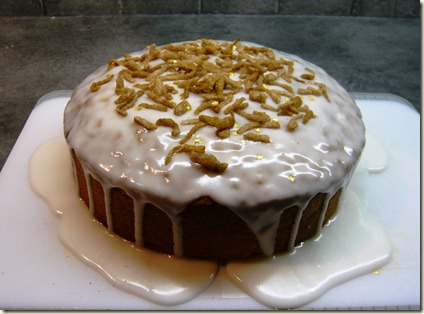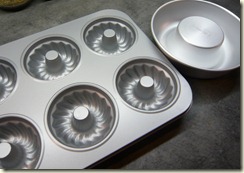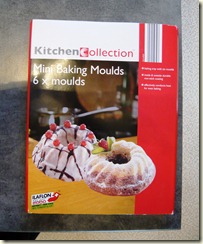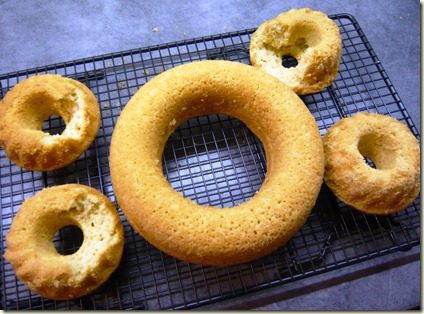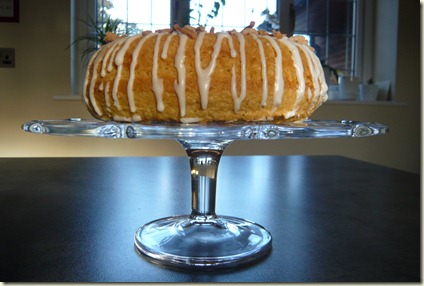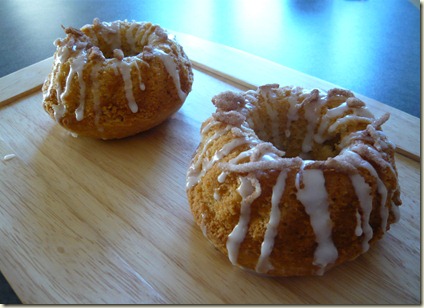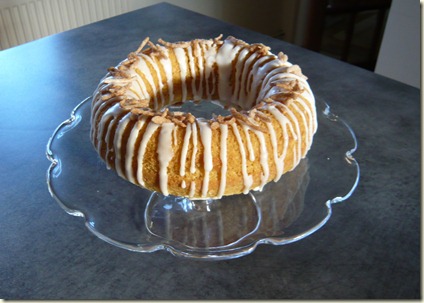
I can remember the very first time I tried moules marinières. It was at La Rochelle on the west coast of France during an Easter break. I was rather hesitant about it as I really didn’t fancy them but I was assured by friends that I would love them so I ordered my first plateful and was hooked.
Moules et frites is one of my very favourite dishes to eat when in France and nowadays I enjoy cooking them too.
Nick and I have experimented with various recipes, which is strange considering how simple a dish it is thought to be, but only when we discovered Raymond Blanc’s recipe did we find what is for us the ultimate. It appears in the book of the “Kitchen Secrets” TV series and you can also see it on the BBC website here.
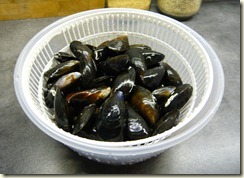
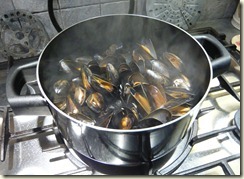
The prepared mussels and the cooked panful.
Most people seem to think it’s just a matter of chucking the mussels into a pan with cream and wine and putting the lid on. It is almost that simple but the mix of herbs suggested by Raymond makes a difference, as does his tip about boiling the wine to boil off the alcohol I think. In any case, this is the recipe we now always use and it never fails to produce perfectly cooked moules.
His other tip about not scrubbing the shells works too. I have sometimes been served moules that are swimming in an unappetising greyish sauce which I wouldn’t want to eat, even if the moules themselves were delicious. So no scrubbing but even so, the time spent inspecting and cleaning each one is worthwhile. This is the bit that takes most of the time as the cooking part takes hardly any time at all.
I wash each one under running water, pull off the bits of “rope” that are called the “beards”, check that the shell is closed and discard any that are open or cracked. It is just not worth cutting corners I think. I then rinse them a couple of times more until the water runs clear. That way I know the sauce is going to look and taste delicious.
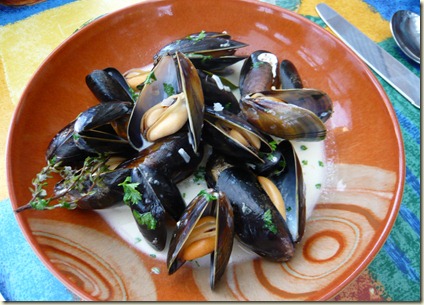
Having prepared the mussels the next thing is to set the table because once they are in the pan it’s all systems go and your food will be ready in 3-4 minutes. If the table is not ready it becomes a mad scramble to get everything together before they go cold and they are not so nice cold.
On the table you will need:
paper napkins – we never bother with finger bowls, just lots of paper to wipe fingers on
a heatproof mat to put the pan of moules on – we usually serve straight from the pan rather than transfer them to a serving dish
a ladle to serve them with
shallow bowls to serve them into – pasta bowls are ideal and better than plates – you want to be able to have lots of sauce on your plate to dip your bread or chips into
a large bowl for the discarded empty shells
forks for the first moule and for your frites
spoons to drink the remaining sauce
bread if you like to eat them with crusty bread
any condiments you might like, such as ketchup or mayo for the frites (apologies to the food police but sometimes I just have to have some)
wine glasses and a nice bottle of chilled white wine, such as a Sauvignon Blanc
Once the table is set, get all the other bits and pieces ready – the onion and parsley chopped and everything else ready to go in the pan. You will need a very large saucepan or a stockpot for the mussels and a small pan for the wine. They take only 2-3 minutes to cook and if you overdo them they will be rubbery. What you want is moules that are just cooked and tender, served steaming hot straight from the pan.
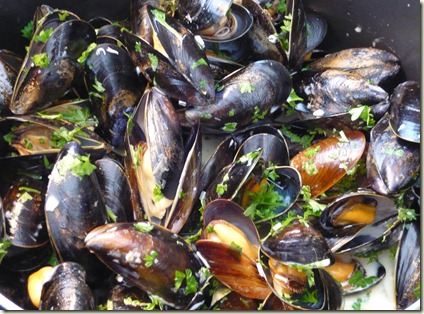
We sometimes just eat ours with bread but without a doubt we like them best with chips - moules et frites. In fact we have recently bought a deep fat fryer, having never owned one before, and have found that if you get the oil up to temperature you can put your frites in the fryer at about the same time as the mussels go in the pan and they will all be ready at the same time. Magic !!
Some people will pick each moule out of its shell with a fork but we like to use an empty shell, plucking them out as if you were using a pair of tweezers. Sometimes you need to use your fork to create that empty shell but usually there are a few moules that have escaped and there are empty shells to choose from.
In UK supermarkets you usually get a quantity of mussels in a net which generally will serve two people as a main course. If I was buying them loose I would ask for 750g for two people – or this quantity would do four as a starter.
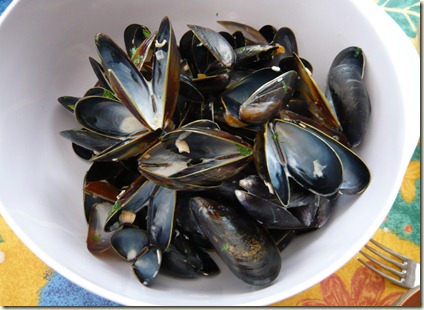
The empties!
Before we discovered how easy it was to cook fresh mussels we used to buy the vacuum packed cooked ones that you simply heat up. Not any more – there is no comparison with the real thing.
Ingredients
750g or a net of mussels
100ml dry white wine
20g unsalted butter
1 small onion, peeled and finely chopped
4 bay leaves
8 sprigs fresh thyme
2tblsp cream
flat leaf parsley, roughly chopped
Method
Prepare the mussels (see notes above). Set the table, get the pans and other ingredients ready. Have your fat fryer hot or your oven chips under way.
Put the wine in a small pan and boil for 30 seconds.
Melt the butter in a large pan over high heat. Add the onion, bay leaves and thyme and stir. After 10 seconds add the wine.
Bring back to the boil then add the mussels. Cover with a tight fitting lid and cook for 2-3 minutes only. The mussels are ready when the shells open.
Remove from the heat, stir in the cream, sprinkle the chopped parsley on top and serve immediately.
Serves 2 people as a main course, 4 as a light lunch or starter.
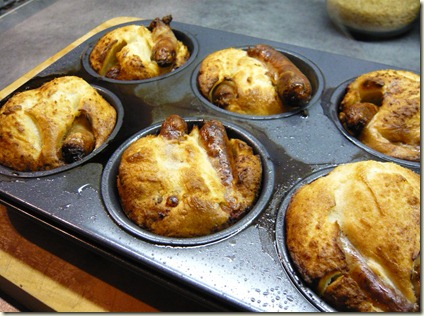 My mum used to make toad in the hole and it was a real favourite with our family. A huge roasting tin brim full of crisp and fluffy Yorkshire pudding blanketing a whole pound of sausages, served up with mashed potatoes and greens…..heaven on a plate. It’s the ultimate comfort food I think.
My mum used to make toad in the hole and it was a real favourite with our family. A huge roasting tin brim full of crisp and fluffy Yorkshire pudding blanketing a whole pound of sausages, served up with mashed potatoes and greens…..heaven on a plate. It’s the ultimate comfort food I think.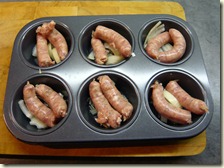
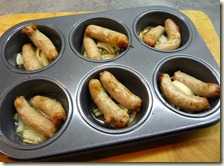
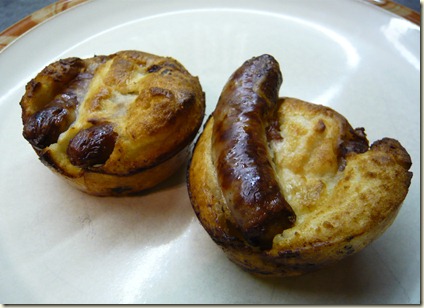
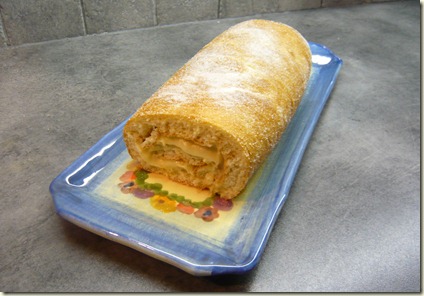
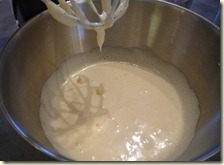

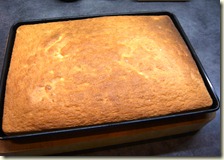
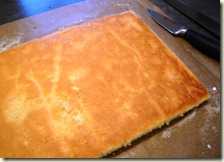




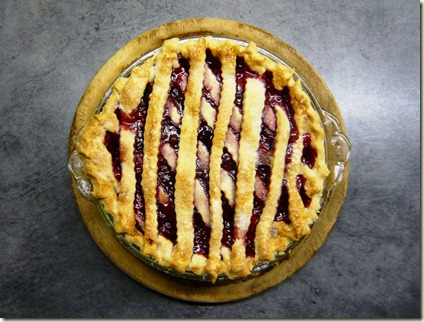

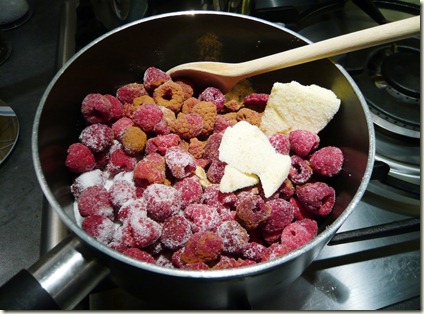
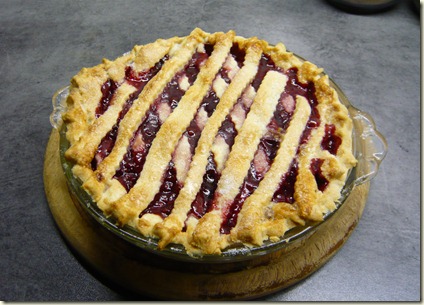
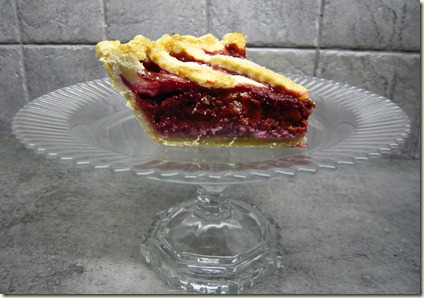






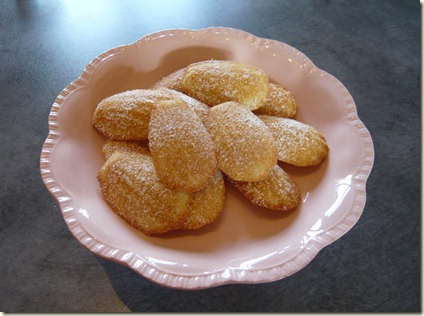

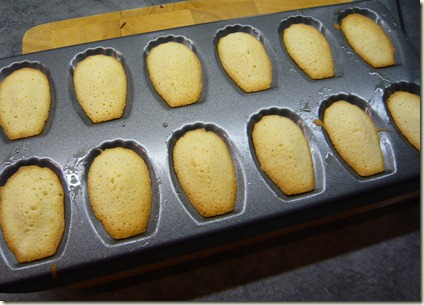
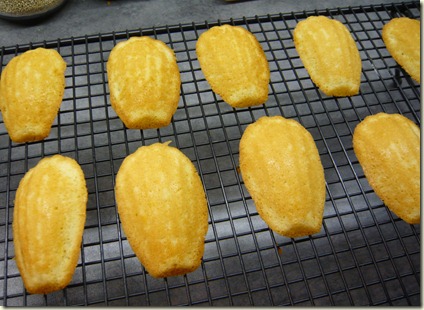


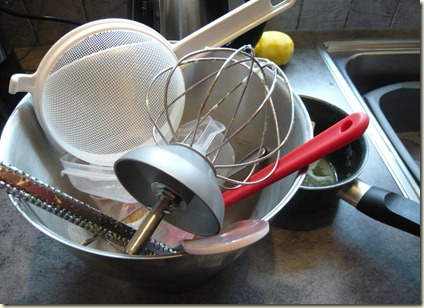
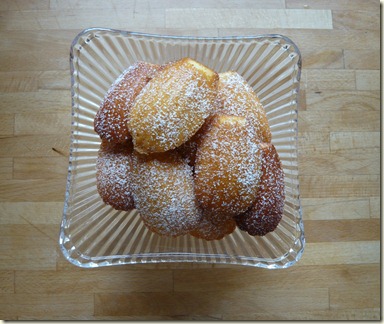
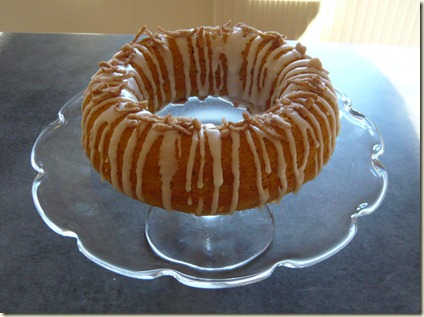 Double coconut cake.
Double coconut cake.
